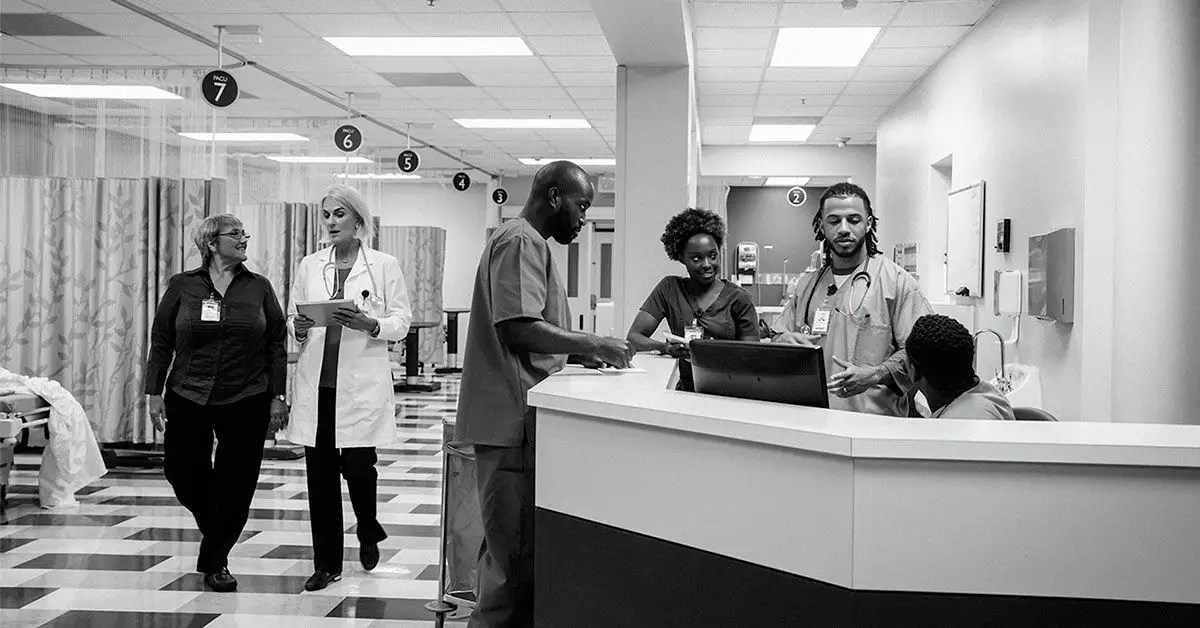The medical landscape increasingly recognizes bone marrow transplants as a pivotal treatment for various cancers, particularly lymphomas. This process involves the meticulous reintegration of stem cells into a patient’s body, effectively restoring the blood cell production wiped out by the ravaging effects of chemotherapies or the cancers themselves. It’s a procedure undertaken during or after aggressive treatment phases, providing patients with a potential lifeline when faced with relapsing or resistant forms of lymphoma.
Bone marrow transplants are broadly categorized into autologous and allogeneic types. An autologous transplant utilizes the patient’s own stem cells, while an allogeneic transplant incorporates stem cells sourced from a genetically matched donor. Both transplantation types play a critical role in replenishing blood stem cells post-intensive treatment, which often utilizes high-dose chemotherapy and radiation aimed at annihilating cancer cells. Yet, these treatments leave bone marrow severely compromised, necessitating the restoration offered through transplants.
The Collection Process: A Delicate Procedure
The method of obtaining stem cells is as crucial as the transplant itself. In a surgical setting, under general anesthesia to alleviate discomfort, a physician extracts bone marrow from the pelvic bones using a large needle. This is not just a technical necessity; it symbolizes the resilience of the human body amidst the battle against cancer. Despite a procedure that takes an hour or two, patients often experience post-operative soreness, reminding them of the journey they are on. Pain management is vital here, ensuring that patients can endure the aftermath of their bravery with a level of comfort.
Once extracted, the stem cells undergo processing in a lab where they are frozen and stored. When the time is right—typically after the completion of cancer treatments—these cells re-enter the body, administered intravenously. This reintroduction acts as a vital support mechanism, allowing the patient’s blood production to recover, thus fundamentally strengthening their immune system.
Autologous vs. Allogeneic: The Choice That Defines Outcomes
Each type of transplant has its implications and requires tailored approaches. An autologous transplant is often the preferred method for younger, healthier patients battling Hodgkin’s lymphoma. By harvesting a patient’s own stem cells before high-dose treatments, the chances of a successful recovery increase significantly. Studies suggest that nearly half of patients may achieve a complete response, with follow-up treatments further enhancing their likelihood of long-term remission.
Conversely, allogeneic transplants present a more complex scenario. While capable of leading to long-term remissions for patients with resistant T-cell lymphomas, they come with a range of potential risks. The alignment of human leukocyte antigen (HLA) proteins plays a crucial role in determining compatibility. Mismatched transplants can provoke graft-versus-host disease (GVHD), where the donor’s immune cells target the recipient’s healthy tissues. The symptoms may span from mild to severe, demanding continuous follow-up care and vigilance.
Statistical Insights: The Promise of Survival
In the realm of hematologic malignancies, survival statistics following these procedures instill hope. Recent studies indicate that over 60% of Hodgkin’s lymphoma patients and about half of those with non-Hodgkin’s lymphoma achieve survival rates extending beyond a decade post-autologous transplant. These numbers reflect an evolving understanding of cancer therapies and signify a transition from despair towards a brightened outlook for patients.
This optimism is palpable, particularly for those reaching the two to five-year mark post-transplant, where average life expectancy improves significantly. Long-term survival rates soaring up to 90% illustrate the remarkable advancements in oncological treatments and highlight the pivotal role of stem cell transplants in transforming a patient’s prognosis.
Assessing Candidacy: Who Benefits the Most?
The decision to pursue a bone marrow transplant is nuanced, hinging on an array of factors unique to each patient. A thorough assessment of overall health, age, medical history, and the specific characteristics of the lymphoma in question are instrumental in determining candidacy. Physicians seek to understand whether a patient can endure the rigors of high-dose therapies and if their particular cancer responds well to such aggressive interventions.
Family history also intersects heavily in this equation, as physicians typically start the search for compatible donors among siblings or close relatives before exhausting broader transplant registries. The healing journey is indeed a collective one, underscoring the importance of community and familial support in navigating these challenging waters.
The journey through bone marrow transplantation is not merely about survival—it’s about reclaiming life and transforming despair into hope. The evolution of treatments and the escalating success rates speak volumes about the resiliency of both the human spirit and the medical community’s relentless pursuit of effective cancer therapies.

